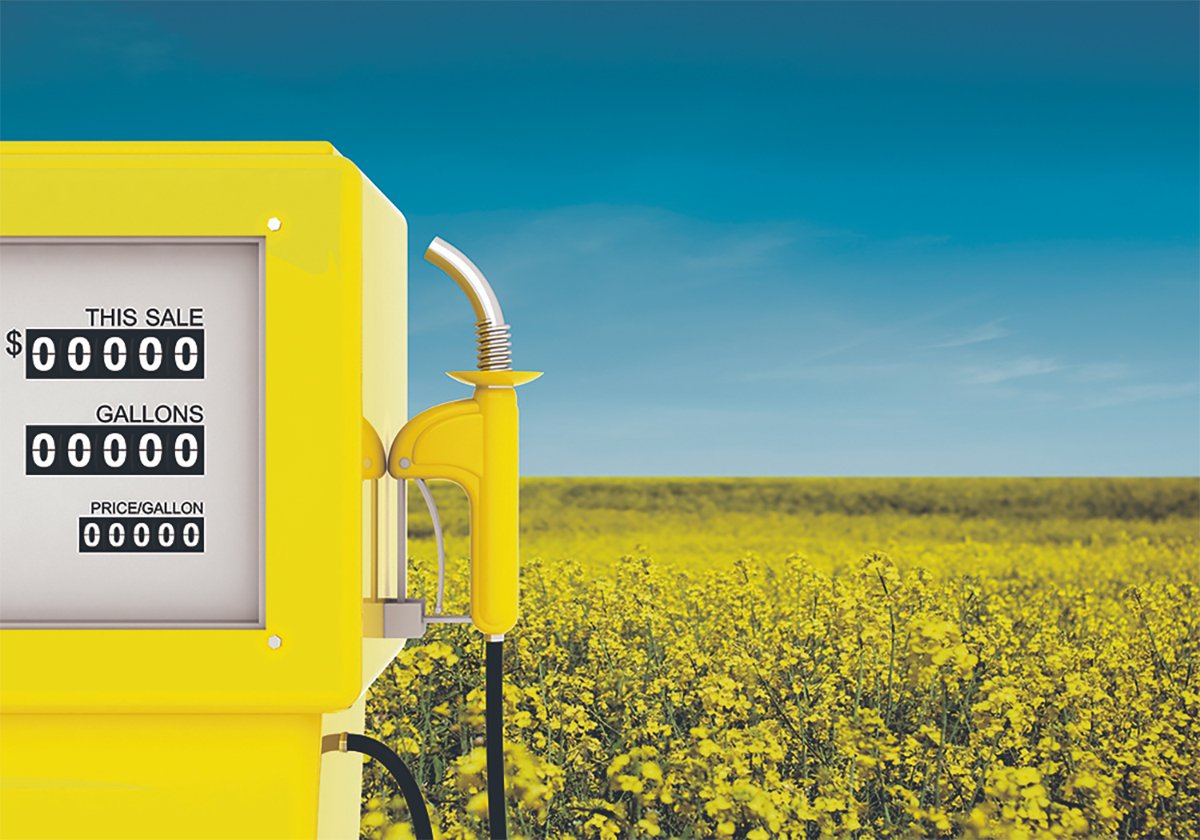The size of this year’s canola crop is still an analyst’s crapshoot and there’s big money riding on the final numbers.
If there’s a big crop, canola prices could slump like they did this year. If the crop is smaller, canola could be set to rally.
Last week, two analyses gave vastly different canola crop estimates.
The Canadian Wheat Board, using long-term averages and its own weather forecasting models, predicted a prairie average canola yield of 24.8 to 28.5 bushels per acre, with 27.3 bu. per acre as most likely.
Read Also

Biofuel sector happy with federal budget
Advanced Biofuels Canada says new Biofuel Production Incentive is a lifeline until CFR amendments are in place.
That would produce a crop of 6.4 million to 7.4 million tonnes, with 7.1 million tonnes most likely .
Canola analyst Nolita Clyde of Ag Commodity Research thinks that is too small, considering last year’s big crop.
“A production number in the sevens, to me, is kind of crazy,” said Clyde.
She forecasts an 8.3 million to 8.9 million tonne crop, based on an average yield of 30.2 bu. per acre.
Clyde considers this conservative in light of last year when Saskatchewan’s average yield was 31.5 bu. per acre and Alberta’s was 37.9. Her projections this year are 28.4 bu. in Saskatchewan and 33.4 in Alberta.
With recent perfect growing conditions, she thinks the numbers are attainable.
“There’s nothing to me to suggest that those numbers aren’t going to hang in there,” said Clyde, noting other trade estimates are higher.
But Canola Council of Canada agronomist John Mayko is more cautious. He noted the wheat board’s projections reflect longer-term averages. Last year’s great harvest might have been an aberration.
Much was made of the stellar performance of hybrid canola varieties last year, but Mayko fears it was the result of many years of unused fertilization suddenly being sucked up by a crop.
“Last year, after a series of droughts, they had their first good year,” said Mayko.
“Chances are they had a bit of nitrogen built up over those drier years. If that is what happened, the question becomes: what did soil tests show this spring?”















